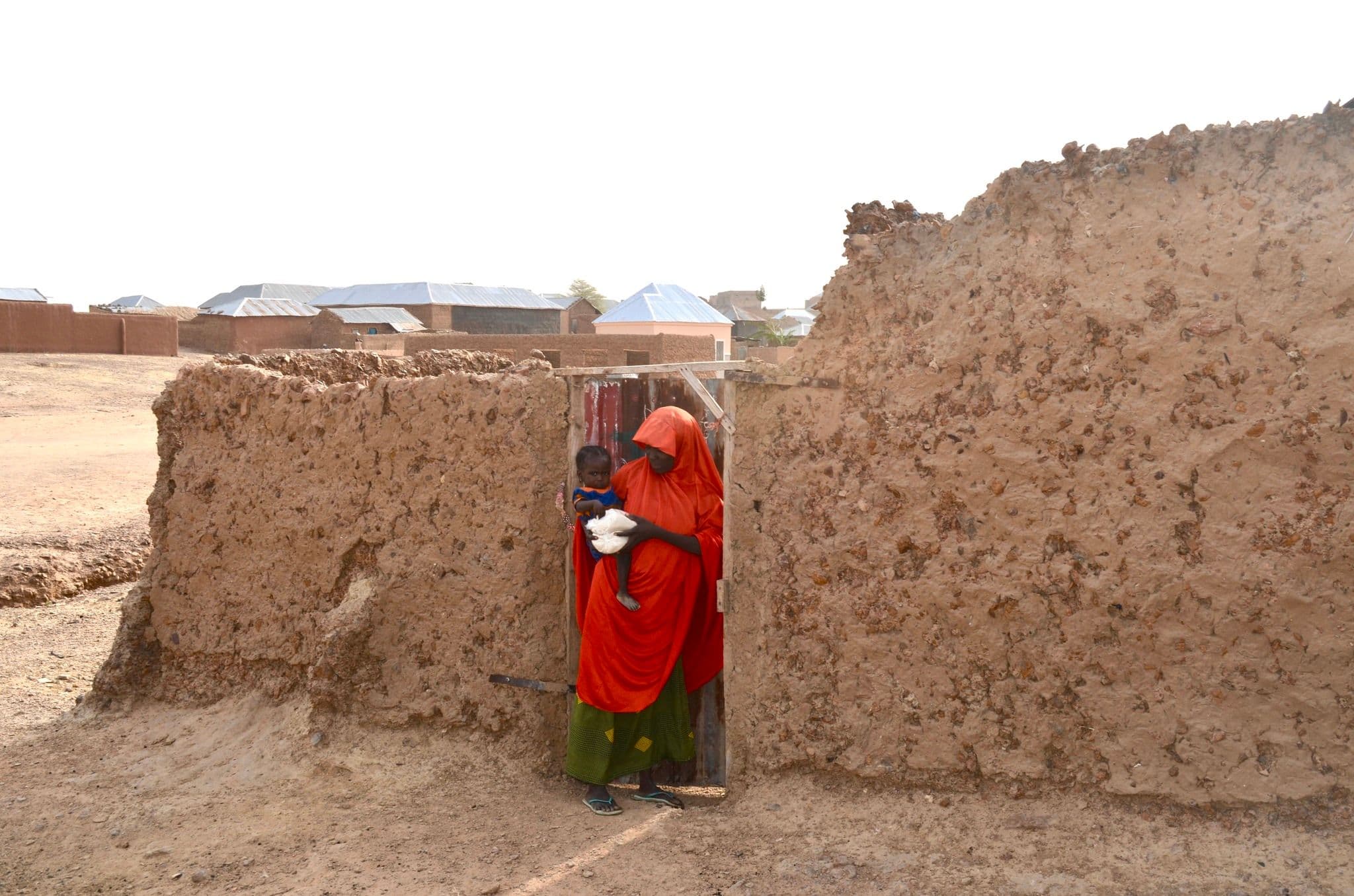Taimaka

▲ Photo from Taimaka
Taimaka run a highly-effective program to treat childhood malnutrition in Gombe state, Nigeria.
What problem are they trying to solve?
- Around ~20% of people in sub-Saharan Africa are malnourished.1 Being malnourished is associated with a range of health problems, such as a weakened immune system and increased vulnerability to diseases,2 impaired organ function,3 as well as growth and developmental issues.
- Although malnutrition is not typically listed as a direct cause of death, it has been estimated that 45% of deaths among children under 5 years of age globally are linked to undernutrition.4
- In Nigeria, around 31% of children are stunted;5 they are significantly shorter than average, which is a key indicator of chronic malnutrition.
- Taimaka works in Gombe state, Nigeria—an area with high rates of childhood stunting that is relatively neglected by other malnutrition-focused NGOs.
What do they do?
- Taimaka runs a community management of acute malnutrition program. This is a highly effective and evidence-based program that involves screening children for malnutrition, and treating eligible children on an outpatient basis (using key products such as Ready To Use Therapeutic Food, alongside antibiotics and deworming treatments).
- Ready To Use Therapeutic Food is a WHO-recommended malnutrition treatment. It is a type of packaged food specifically designed to treat childhood malnutrition— it is energy dense, and contains various micronutrients such as iron, vitamin A and vitamin D. It is made from powdered milk, peanuts, butter, vegetable oil and sugar.6
- Children are typically treated with Ready To Use Therapeutic Food for around 6-8 weeks, until they are no longer classified as malnourished (typically based on upper-arm circumference readings).
- By treating childhood malnutrition, Taimaka prevents malnutrition-related mortality and helps children to reach their full developmental potential.
Why do we recommend them?
- Taimaka carry out an intervention (community management of acute malnutrition) that is backed by multiple RCTs.
- They operate in an area of Nigeria where there are exceptionally high rates of malnutrition, yet other nutrition-focused NGOs do not operate within.
- Taimaka uses a new CMAM regime called OptiMA that appears to be especially cost effective; a 2022 non-inferiority study in The Lancet found recovery in ~72% of children under this protocol, and they can treat a child for around $70.7
- Taimaka are a nimble, small organization who have some room to scale.
What will they do with more funding?
Additional funds will be used to treat a larger number of children. This will involve scaling into new regions of Gombe State.
Notes
-
https://ourworldindata.org/hunger-and-undernourishment (“Share of population that is undernourished” graph, looking at 2019). ↩
-
Bourke, C. D., Berkley, J. A., & Prendergast, A. J. (2016). Immune dysfunction as a cause and consequence of malnutrition. Trends in immunology, 37(6), 386-398. ↩
-
WHO, G. (2000). Management of the child with a serious infection or severe malnutrition: guidelines for care at the first-referral level in developing countries. ↩
-
https://www.who.int/news-room/fact-sheets/detail/malnutrition ↩
-
https://www.unicef.org/supply/stories/saving-lives-rutf-ready-use-therapeutic-food. ↩
-
Cazes, Phelan, Hubert et al. Simplifying and optimising the management of uncomplicated acute malnutrition in children aged 6–59 months in the Democratic Republic of the Congo (OptiMA-DRC): a non-inferiority, randomised controlled trial. Lancet Glob Health. 2022; 10: e510-e520. ↩